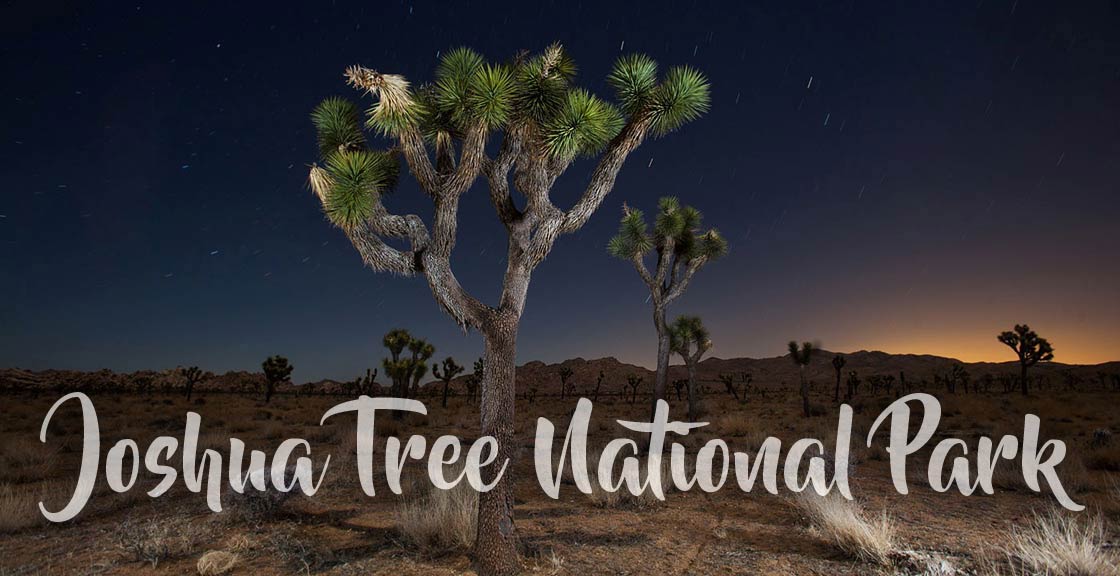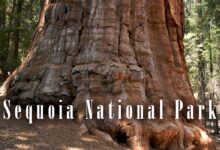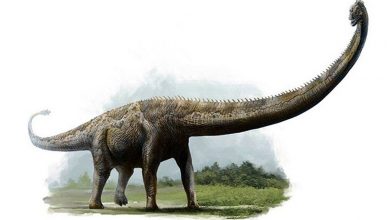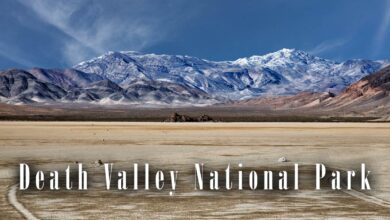Joshua Tree National Park
Uncovering the Mysteries of Joshua Tree National Park
Nestled in the heart of Southern California’s sun-drenched desert, Joshua Tree National Park emerges as a realm of sheer enchantment, an otherworldly landscape that defies imagination. Prepare to be captivated as you venture into a world where time stands still, and the forces of nature have sculpted a masterpiece of sublime beauty. In this desert sanctuary, towering sentinels known as Joshua trees reach for the heavens, their twisted branches stretching skyward in a silent testament to resilience.
As the sun bathes the rugged terrain in a golden glow, you’ll find yourself amidst a labyrinth of awe-inspiring rock formations, nature’s grand sculptures that defy gravity and spark the imagination. Wander through hidden canyons and wind-carved valleys, where the spirit of adventure intertwines with the serenity of the desert. Explore the mystical oases that punctuate the arid landscape, offering a verdant respite amidst the starkness.
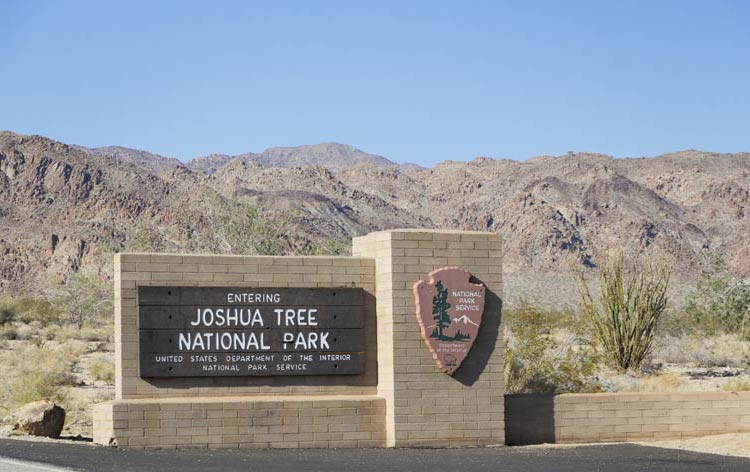
As night falls, a celestial symphony unfolds above, with a blanket of stars illuminating the vast expanse. Joshua Tree National Park becomes an astronomical playground, inviting stargazers to revel in the brilliance of a sky unpolluted by city lights. From the vibrant wildflower blooms of spring to the hushed whispers of the wind through the desert silence, this extraordinary oasis beckons those who yearn for discovery, solace, and connection with the wonders of nature. Surrender to the allure of Joshua Tree National Park and let its transformative beauty ignite your spirit, leaving an indelible mark on your soul that will resonate long after you depart this desert sanctuary.
Joshua Tree National Park is a protected area located in southeastern California, USA. It covers approximately 795,156 acres (3,217.9 km2) and was established as a National Park in 1994. The park is known for its unique desert landscape, which is characterized by the presence of the Joshua Tree, a species of yucca, as well as other desert flora and fauna. It also features rock formations, including large monzogranite boulders, that provide opportunities for rock climbing and hiking. The park is a popular destination for outdoor recreation, including camping, hiking, and bird watching.

Location
Joshua Tree National Park is located in southeastern California, USA, near the cities of Twentynine Palms and Joshua Tree.
Basic Facts About Joshua Tree National Park
- Location: Southern California, United States
- Area: 795,156 acres (1,242.4 mi2; 3,217.9 km2)
- Elevation: ranges from 536 feet (163 meters) in the Colorado Desert to 5,814 feet (1,772 meters) at the top of Quail Mountain
- Established: October 31, 1994
- Annual Visitors: 2-3 million (2,399,542 in 2020)
- Climate: hot and dry desert climate, with average temperatures ranging from 70°F (21°C) in the winter to 100°F (38°C) in the summer
- Top Attractions: Joshua trees, rock formations, hiking trails, camping sites, stargazing opportunities, wildlife (including bighorn sheep and desert tortoises)
History and name of the Park
The Joshua Tree National Park was originally designated as a National Monument in 1936 and was later established as a National Park in 1994. The park takes its name from the Joshua tree, a species of yucca tree that is native to the Mojave Desert. The tree is named after the Biblical figure Joshua, as its branches are said to resemble his outstretched arms.
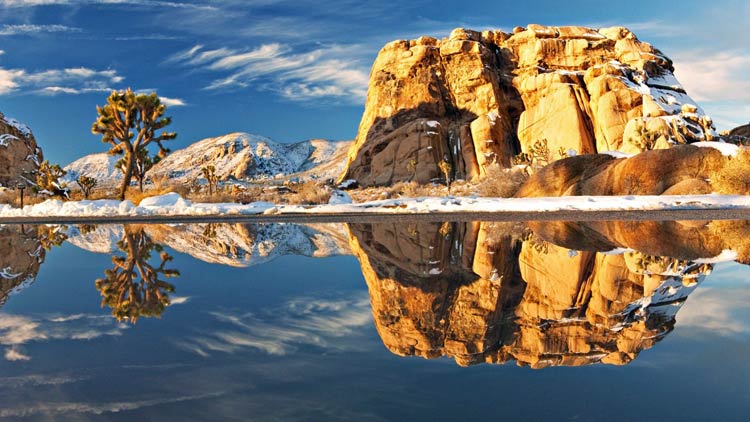
Geography
The geography of Joshua Tree National Park features two distinct desert ecosystems: the higher-elevation Mojave Desert and the lower-elevation Colorado Desert. The Mojave Desert is characterized by the iconic Joshua trees, as well as other desert plants and wildlife. The Colorado Desert is dominated by creosote bush scrub and cacti, and is also home to desert bighorn sheep and other species. The park also features a variety of rock formations, including large monzogranite boulders, that provide opportunities for rock climbing and hiking. Additionally, there are several valleys and washes that run through the park, as well as a few springs that provide water for wildlife and plant life.
Features of the Park
- Joshua trees
The park is named after these distinctive trees, which are found only in the southwestern United States and northwestern Mexico - Rock formations
The park is known for its unique rock formations, including granite monoliths and boulder piles - Canyons
The park has several canyons, including Hidden Valley, Barker Dam, and Lost Horse - Mountains
The park contains parts of two mountain ranges, the Little San Bernardino Mountains and the Hexie Mountains - Oases
The park has several oases, including the Cottonwood and Twenty-nine Palms oases, which support a variety of plant and animal life - Wildlife
The park is home to a diverse range of wildlife, including desert bighorn sheep, coyotes, bobcats, rattlesnakes, and many species of birds and reptiles - Historical sites
The park has several historical sites, including the ruins of old mines, ranches, and homesteads, as well as petroglyphs and other artifacts left by the area’s original inhabitants.
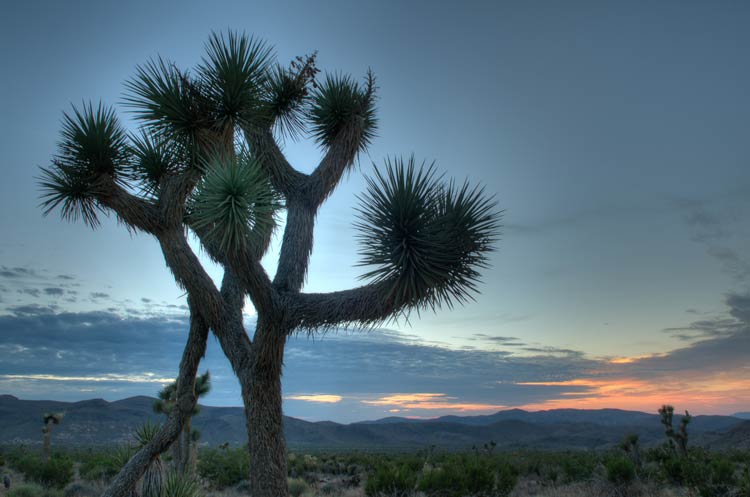
Mojave Desert
The Mojave Desert is a desert ecoregion located in the southwestern United States and northwestern Mexico. It covers approximately 81,000 km2 (31,000 sq mi) and is known for its hot, dry climate and unique plant and animal life, including the Joshua tree. The Mojave is home to several distinct habitats, including rocky canyons, sandy dunes, and high-elevation plateaus, which provide a diverse array of habitats for a variety of species. The Mojave is also home to several significant human settlements and resource extraction industries, including mining, military installations, and renewable energy development.
Colorado Desert
The Colorado Desert is a desert ecoregion located in southeastern California and northwestern Mexico. It covers approximately 7 million acres (2,800,000 ha; 28,000 km2) and is characterized by hot, arid conditions and a unique desert landscape, including vast areas of creosote bush scrub, cholla cactus, and other cacti. The Colorado Desert is also home to a variety of wildlife, including desert bighorn sheep, rattlesnakes, and other species adapted to the harsh desert conditions. The region is a popular destination for outdoor recreation, including hiking, camping, and wildlife viewing. Additionally, it is an important habitat for many plant and animal species, as well as a source of water and other resources for the growing human populations in the surrounding areas.
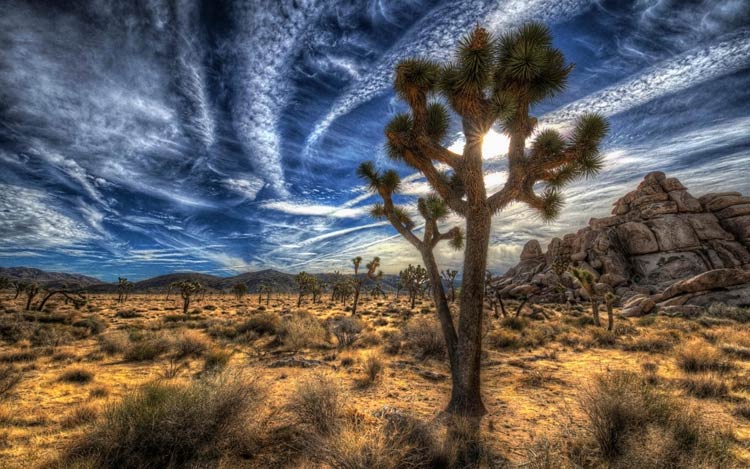
Potential natural vegetation in Joshua Tree National Park
The potential natural vegetation of Joshua Tree National Park is characterized by a diverse array of desert plant communities, including:
- Joshua Tree Woodlands
Dominated by the iconic Joshua tree, along with other desert shrubs and annual wildflowers - Mojave Yucca-Mojave Barrel Cactus Scrub
Dominated by yucca, cholla, and other cactus species - Pinyon-Juniper Woodlands
Featuring pinyon pine and juniper trees along with desert shrubs and grasses - Desert Wash Vegetation
Dominated by willow, cottonwood, and other riparian plants along desert washes and streams - Desert Canyons
Featuring a diverse array of plants adapted to the harsh conditions of rocky canyon habitats - Sand Dunes
Dominated by specialized plants adapted to the constantly shifting sands of the desert dunes
The potential natural vegetation of the park provides critical habitat for a variety of desert animals, including bighorn sheep, desert tortoises, and many species of birds and reptiles.

Invasive species
There are several invasive species present in Joshua Tree National Park that pose a threat to the native plants and animals. Some of the most notable invasive species in the park include:
- Tamarisk
Also known as salt cedar, this fast-growing plant outcompetes native vegetation for water and can cause changes in the hydrology of the park’s desert streams and washes. - Argentine Ants
This invasive ant species outcompetes native ants for food and resources, disrupting the balance of the park’s ecosystems. - Cheatgrass
This non-native grass species is highly flammable and can increase the frequency and intensity of wildfires in the park, which can have serious impacts on native plants and animals. - Feral Horses and Burros
These non-native animals graze on native vegetation and compete with native wildlife for food and resources.
Efforts are underway to control these and other invasive species in Joshua Tree National Park, through a combination of monitoring, research, and management actions.
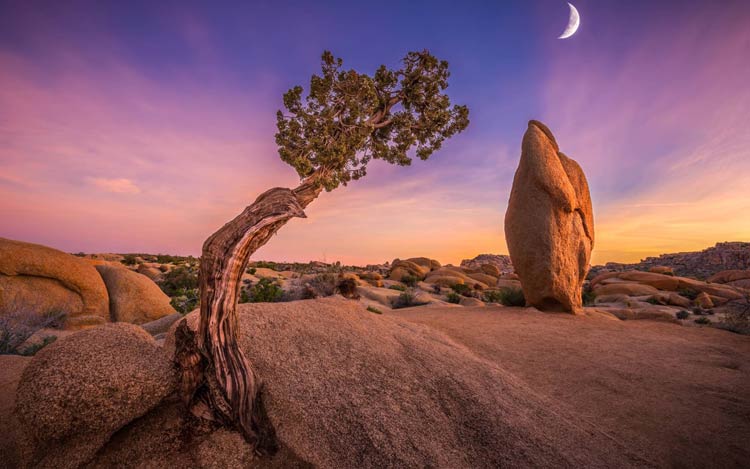
Joshua tree (Yucca brevifolia)
The Joshua tree (Yucca brevifolia) is a species of yucca tree that is native to the Mojave Desert in the southwestern United States. It is the defining plant species of Joshua Tree National Park and a keystone species in the Mojave Desert ecosystem.
The Joshua tree is a slow-growing, evergreen plant that can reach heights of up to 40 feet and can live for hundreds of years. It is characterized by its spiky leaves and large, branching arms that produce white, fragrant flowers in the spring. The Joshua tree provides critical habitat for a variety of wildlife, including several species of birds, bats, and insects.
Additionally, it is an important cultural symbol for many indigenous and non-indigenous peoples in the southwestern United States. However, the Joshua tree is threatened by a variety of factors, including climate change, fire suppression, and other human activities, and its populations are declining in many areas.
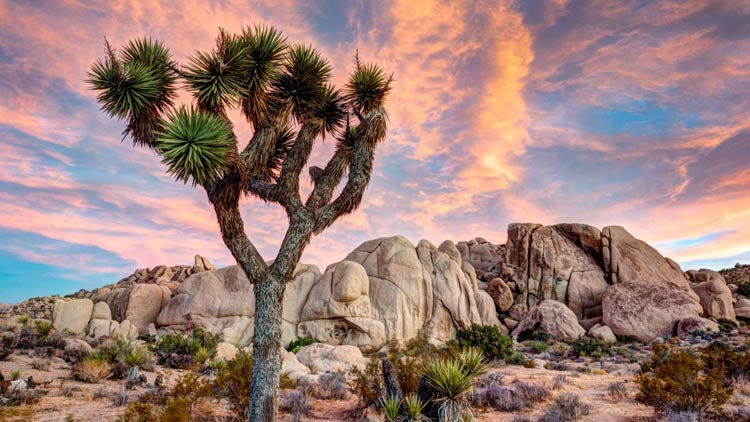
Features of the park
Joshua Tree National Park is home to a wide variety of natural and cultural features, including:
- Joshua trees:
the iconic trees that the park is named after and are found throughout the park - Rock formations:
including granite monoliths, volcanic rocks, sandstone formations, and more - Desert landscapes:
including deserts, canyons, and washes, along with diverse plant and animal communities - Hiking trails:
including a variety of trails for visitors to explore the park’s diverse landscapes and geologic features - Campgrounds:
several campgrounds for visitors to spend the night and experience the park’s unique desert environments - Wildlife:
including bighorn sheep, desert tortoises, rattlesnakes, and a variety of birds and mammals - Dark skies:
Joshua Tree is one of the largest Dark Sky Parks in the country, providing opportunities for visitors to experience starry skies and learn about astronomy - Historic sites and cultural resources:
including abandoned mines, homesteads, and other sites that reflect the rich history and cultural heritage of the park and its surroundings
These and other features of Joshua Tree National Park make it a unique and beloved destination for visitors from around the world.
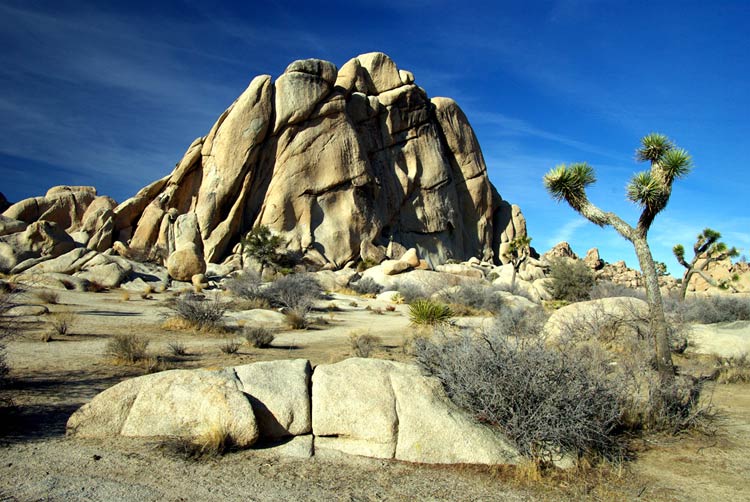
Geology
The geology of Joshua Tree National Park is dominated by the diverse and unique rock formations that are found throughout the park. The park’s geology is characterized by the interplay of several distinct geologic forces, including tectonic uplift, erosion, and sedimentation. Some of the most notable geologic features in the park include:
- Granite formations
including huge monolithic formations like Split Rock, Skull Rock, and Arch Rock - Volcanic rock formations
including formations made of volcanic tuff and rhyolite - Sandstone formations
including formations made of sandstone and conglomerates that have been shaped by wind and water erosion over millions of years - Fault zones
including the San Andreas Fault, which runs through the park and has created a series of step-like formations along its course
The park’s geology provides a unique and fascinating backdrop to the park’s diverse plant and animal communities, and offers opportunities for geologic research, education, and interpretation. Additionally, the park’s geologic features are popular attractions for visitors, who come to explore the park’s diverse landscapes and unique rock formations.
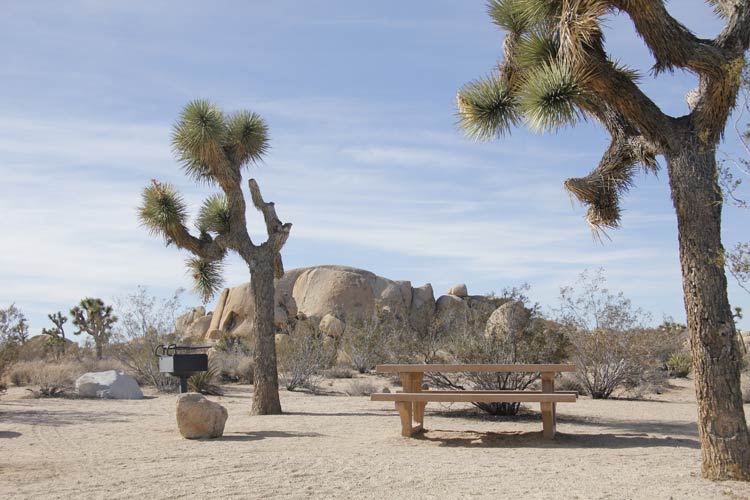
Climate
The climate of Joshua Tree National Park is characterized by hot summers, cool winters, and low annual rainfall. The park is located in the Mojave Desert, which is one of the driest deserts in North America, and experiences a typical desert climate with extreme temperature fluctuations. Average temperatures in the park can range from highs of over 38°C (100°F) in the summer to lows of below freezing in the winter.
The park receives most of its precipitation in the form of infrequent, but intense, thunderstorms during the summer months. The rest of the year is characterized by sunny, dry weather with minimal rainfall. Visitors to the park should be prepared for the harsh desert climate, with adequate provisions and protection from the sun. Despite the challenges posed by the desert climate, the park’s unique geologic and ecological features, along with its rich cultural history, make it a popular destination for visitors year-round.
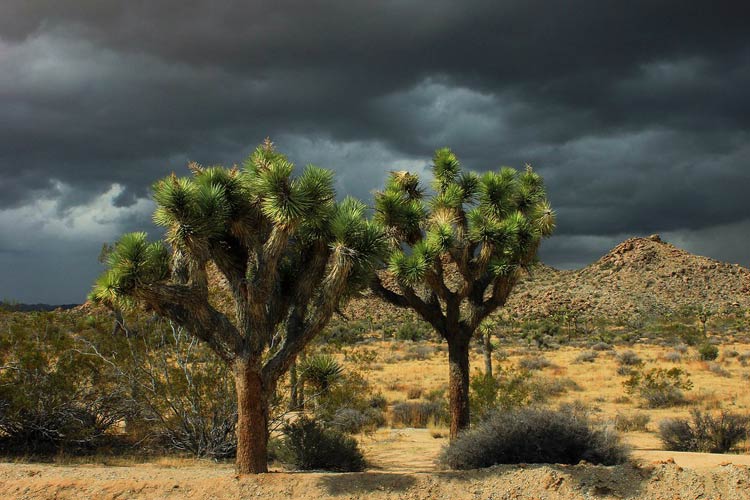
Fauna in Joshua Tree National Park
The fauna in Joshua Tree National Park is diverse, with a variety of species adapted to the harsh desert environment. Some of the notable species found in the park include:
- Desert bighorn sheep
A species of wild sheep that is well adapted to the park’s rocky terrain and arid climate - Desert tortoise
A slow-moving reptile that is well adapted to the desert environment and is found only in the deserts of the American Southwest - Rattlesnakes
Several species of venomous snakes, including the Mojave rattlesnake, are found in the park - Birds
Over 250 species of birds have been recorded in the park, including several species of hawks, owls, and vultures, as well as many species of migratory birds - Mammals
Including coyotes, bobcats, mountain lions, and several species of bats - Reptiles
Including lizards, snakes, and several species of desert-adapted turtles - Insects
Including several species of ants, beetles, and bees, as well as many species of moths and butterflies
These and other species are a vital part of the park’s ecosystem and help to maintain the balance of the desert environment. Visitors to the park can see many of these species on hikes and other outdoor activities, and should be mindful of the park’s regulations to protect the park’s wildlife and their habitats.
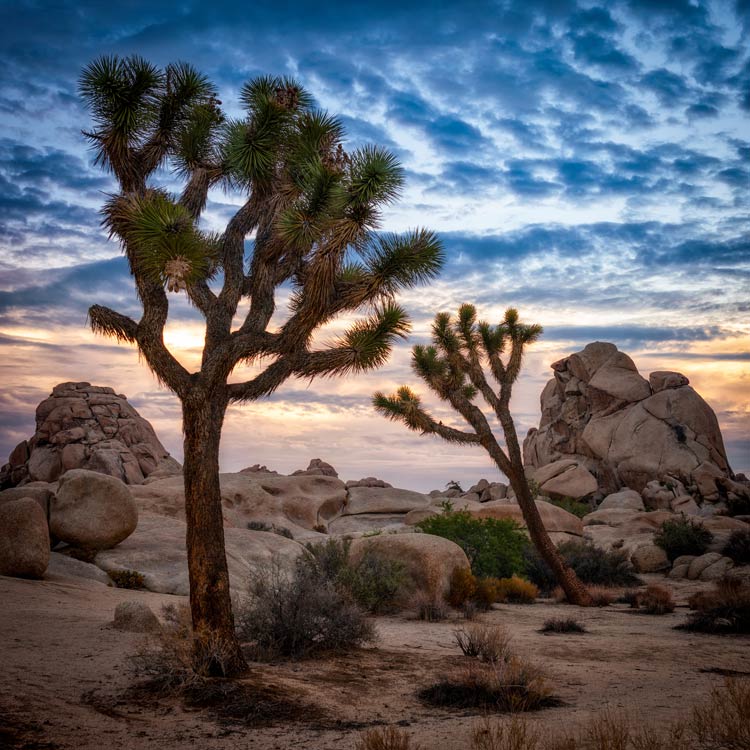
Tourism and tourist main attractions in the park
Joshua Tree National Park is a popular destination for tourists, attracting over 2 million visitors each year. The park’s unique landscape, diverse ecology, and rich cultural history make it a top destination for outdoor enthusiasts and nature lovers. Some of the main tourist attractions in the park include:
- Rock Climbing
The park’s distinctive rock formations and cliffs provide world-class opportunities for rock climbing and bouldering - Hiking
The park features over 250 miles of hiking trails, ranging from easy nature walks to strenuous backcountry treks - Stargazing
The park’s clear, dark skies make it one of the best places in the world for stargazing and astronomy - Wildlife viewing
Visitors can see a variety of wildlife species in the park, including desert bighorn sheep, tortoises, and many species of birds and reptiles - Scenic Drives
The park features several scenic drives, including the Pinto Basin Road, which provides stunning views of the park’s landscape and wildlife - Wildflower viewing
In spring and early summer, the park is famous for its spectacular displays of wildflowers, including the iconic Joshua tree, which blooms with white flowers - Camping
The park has several campgrounds, offering opportunities for visitors to experience the desert landscape and wildlife up close
These and other attractions make Joshua Tree National Park a must-visit destination for those looking to explore the unique beauty of the Mojave Desert. Visitors to the park should be prepared for the harsh desert environment, and should take steps to protect the park’s natural and cultural resources.
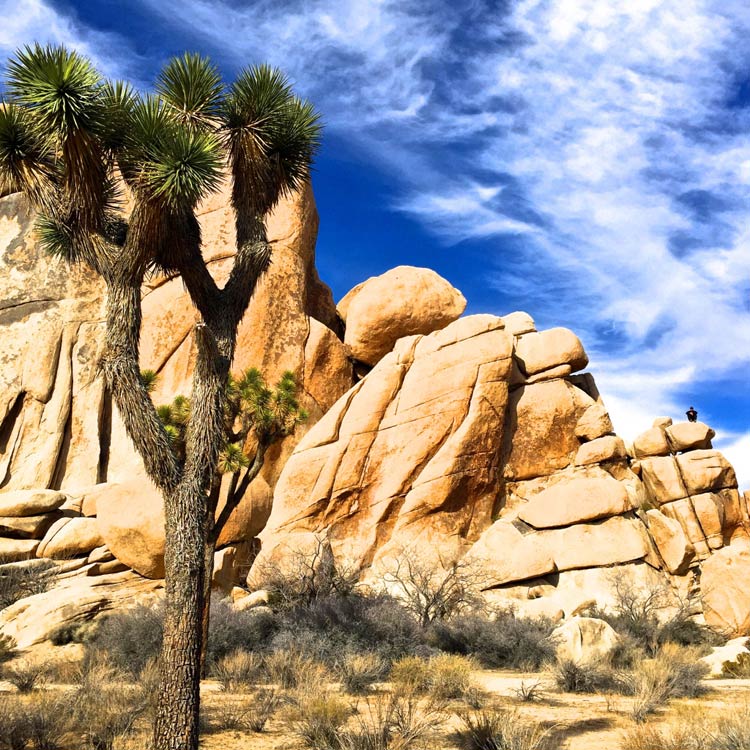
Birdwatching in Joshua Tree National Park
Birdwatching is a popular activity in Joshua Tree National Park due to its diverse birdlife. Over 250 species of birds have been recorded in the park, including the desert cottontail, the roadrunner, the Gambel’s quail, the golden eagle, and many species of migratory birds.
Birdwatching can be done year-round and is best done in the early morning or late afternoon when birds are most active. Some of the best birdwatching locations in the park include the riparian areas along the park’s streams, the open desert, and the oasis-like areas around the park’s springs and wells. Birdwatchers can also join guided birdwatching walks and tours led by park rangers.
Astronomy
Joshua Tree National Park is known for its extremely dark night skies, making it one of the best places in Southern California for amateur astronomy and stargazing. The park’s remote location and minimal light pollution make it an ideal spot to observe the stars and other celestial bodies.
The park offers a variety of astronomy-related activities, including ranger-led stargazing programs, star parties, and night sky photography workshops. Additionally, the park has several designated astronomy viewing areas where visitors can set up telescopes and enjoy the night sky. The nearby Anza-Borrego Desert State Park is also a popular stargazing destination, with similarly dark skies and similar astronomy-related activities.
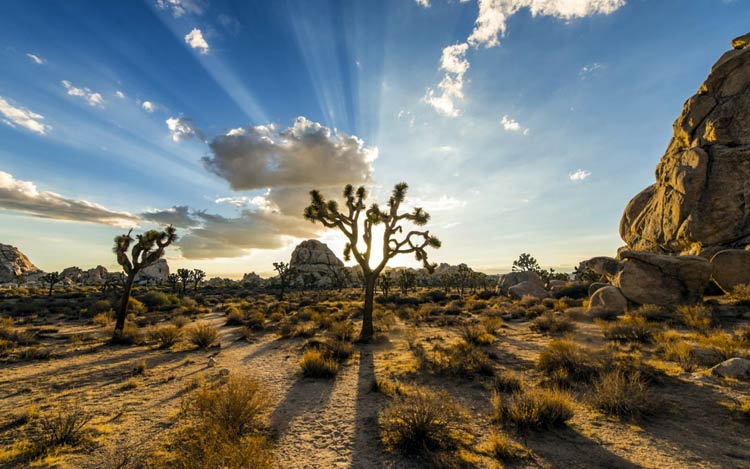
How To Reach To Joshua Tree National Park?
Joshua Tree National Park is located in Southern California, and there are several ways to reach the park:
- By Car
The most common way to reach Joshua Tree National Park is by car. The park is located about 140 miles east of Los Angeles and about 215 miles southwest of Las Vegas. The park can be accessed from both the north and south via Interstate 10. The park’s north entrance is located near the town of Joshua Tree, while the south entrance is near the town of Twentynine Palms. - By Air
The nearest major airports to Joshua Tree National Park are Palm Springs International Airport (PSP), located about 50 miles southwest of the park, and Ontario International Airport (ONT), located about 100 miles west of the park. From these airports, visitors can rent a car and drive to the park. - By Public Transportation
There is no public transportation that goes directly to Joshua Tree National Park. However, visitors can take a bus or train to nearby towns such as Palm Springs, Yucca Valley, or Twentynine Palms and then rent a car or take a taxi or rideshare service to the park.
It’s important to note that some areas within the park may require a high-clearance, four-wheel-drive vehicle, especially if you plan to venture off-road. Additionally, the park’s roads may be closed or require chains during the winter months due to snow and ice. Visitors should always check the park’s website for road conditions and closures before visiting.
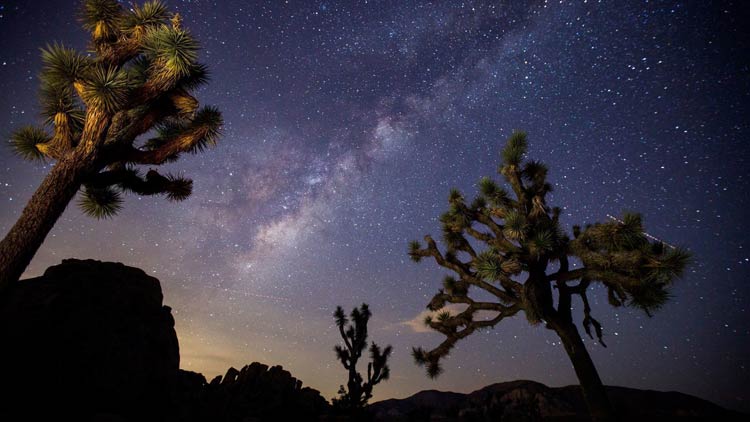
Best Time To Visit Joshua Tree National Park
The best time to visit Joshua Tree National Park depends on your preferences and what activities you plan to do in the park. Here are some factors to consider:
- Weather
The park’s peak season is from October through May when temperatures are milder, ranging from the 60s to 80s Fahrenheit during the day and dropping into the 40s to 60s Fahrenheit at night. Summer months, especially July and August, can be very hot, with temperatures frequently exceeding 100 degrees Fahrenheit during the day and remaining warm overnight. - Crowds
The park is busiest during the peak season (October-May) and on weekends and holidays. If you prefer fewer crowds, consider visiting during the off-season (June-September) or on weekdays. - Wildflowers
Spring (March-April) is an excellent time to see wildflowers in the park, especially after a wet winter. - Hiking
If you plan to do a lot of hiking, the cooler months (October-May) are generally the best time, as the temperatures are more comfortable for strenuous outdoor activities. - Stargazing
The park’s dark skies are best enjoyed during the new moon phases (when the moon is not visible), which occur about once a month. These phases may vary each year, so check the park’s website for the schedule.
The best time to visit Joshua Tree National Park is in the fall or spring, when temperatures are mild, wildflowers are in bloom, and the park is less crowded.
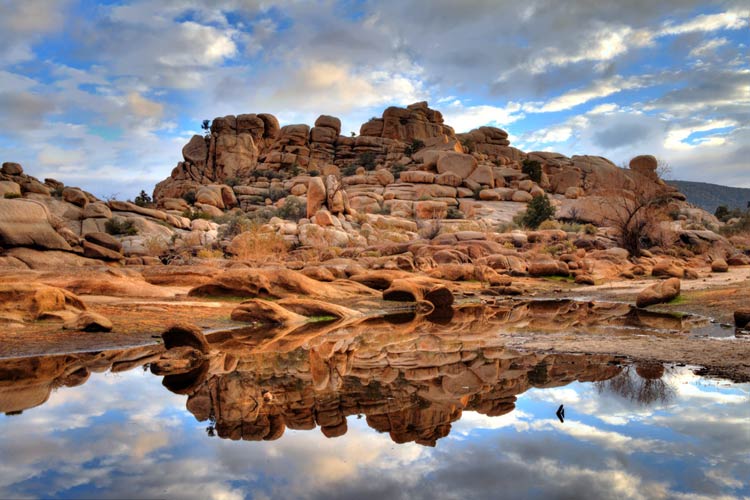
Conservation
Conservation is a key priority in Joshua Tree National Park, and the park is managed by the National Park Service to protect its unique ecosystem, cultural resources, and recreational opportunities. Some of the conservation efforts in the park include:
- Habitat protection
The park works to protect and preserve the park’s delicate desert ecosystem, including the habitat of its wildlife species and rare and endangered plants - Wildlife management
The park manages and protects wildlife populations, including the desert bighorn sheep, tortoises, and other species, and also works to prevent conflicts between wildlife and visitors - Invasive species management
The park is working to control the spread of invasive species, such as buffelgrass and tamarisk, which can displace native plants and wildlife - Cultural resource protection
The park works to preserve its rich cultural history, including the sites and artifacts of the Cahuilla, Serrano, and Mojave people, who have lived in the area for thousands of years - Climate change
The park is adapting to the effects of climate change, including increasing temperatures and changing precipitation patterns, which can impact wildlife, plant communities, and park infrastructure - Sustainable tourism
The park is working to reduce its impact on the environment and promote sustainable tourism practices, including reducing waste and energy use, and promoting low-impact activities such as hiking and wildlife viewing
These and other conservation efforts are critical to preserving the unique beauty and ecological diversity of Joshua Tree National Park for future generations. Visitors can support these efforts by following park regulations and guidelines, and by engaging in sustainable tourism practices while visiting the park.
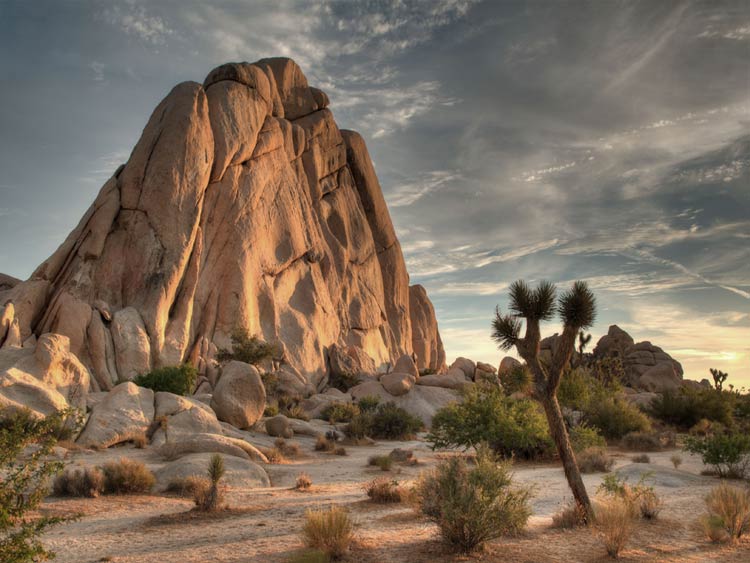
Joshua Tree National Park in numbers
- Area: 795,156 acres (1,242.4 square miles or 3,217.9 square kilometers)
- Elevation range: 536 feet (163 meters) to 5,814 feet (1,772 meters)
- Length of park boundary: Approximately 700 miles (1,127 kilometers)
- Number of Joshua Trees: Estimated to be over 2.8 million
- Miles of paved roads: 187 miles (300 kilometers)
- Miles of hiking trails: Over 100 miles (160 kilometers)
- Annual visitors: 2-3 million
- Campgrounds: 9 campgrounds with a total of over 500 campsites
- Climbing routes: Over 8,000 established climbing routes
- Species of birds: More than 250 bird species recorded in the park
- Hours of darkness for stargazing: On average, 10-12 hours per night
- Rock formations: Thousands of unique rock formations throughout the park.
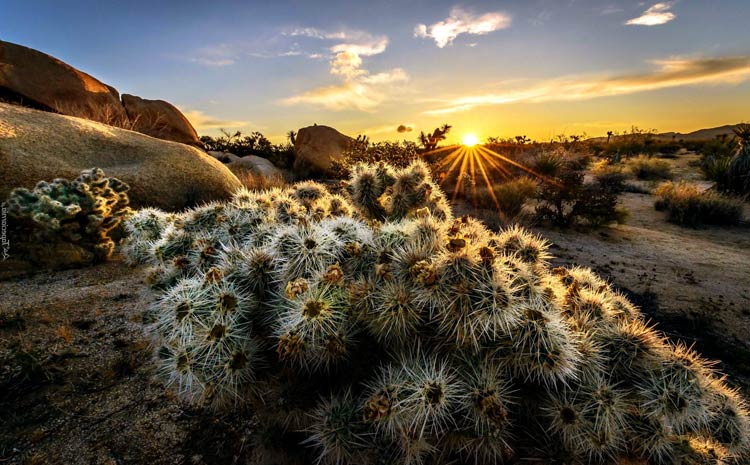
Interesting facts about Joshua Tree National Park
- Joshua Tree National Park gets its name from the distinctive Joshua trees (Yucca brevifolia) that are native to the area and that play an important role in the park’s ecosystem.
- The park is located at the intersection of two deserts, the Mojave and the Colorado, and is known for its unique and diverse landscapes, which range from low-elevation deserts to high-elevation mountains.
- The park is a popular destination for rock climbers, who come from all over the world to climb its world-class cliffs and rock formations.
- The park is home to a rich and diverse array of wildlife, including desert bighorn sheep, tortoises, rattlesnakes, and many species of birds and reptiles.
- The park is also rich in cultural history, with evidence of human habitation in the area dating back thousands of years.
- In the spring and early summer, the park is famous for its spectacular displays of wildflowers, including the iconic Joshua tree, which blooms with white flowers.
- Joshua Tree National Park was designated as a U.S. National Monument in 1936 and became a National Park in 1994.
- The park features several scenic drives, including the Pinto Basin Road, which provides stunning views of the park’s landscape and wildlife.
- The park has a dark night sky and is one of the best places in the world for stargazing and astronomy.
- Visitors to the park can explore over 250 miles of hiking trails, ranging from easy nature walks to strenuous backcountry treks.
These and other interesting facts make Joshua Tree National Park a fascinating and unique destination for visitors from around the world. Whether you’re interested in its unique landscape, diverse wildlife, rich cultural history, or simply its beauty, Joshua Tree National Park is a must-visit destination that offers something for everyone.
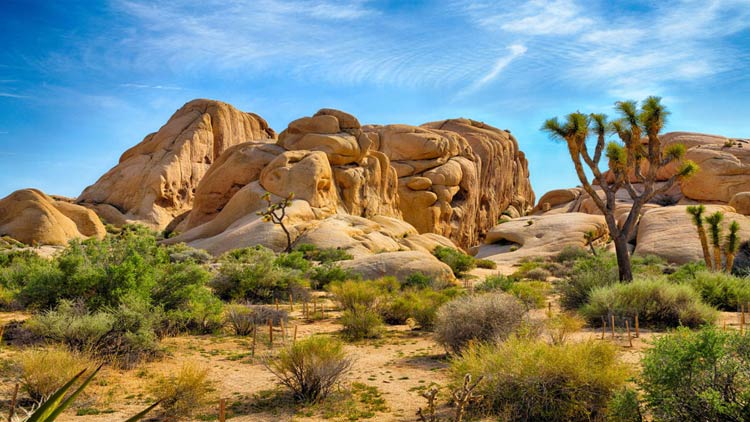
Q&A (questions and answers) about Joshua Tree National Park
Q: What is Joshua Tree National Park?
A: Joshua Tree National Park is a national park located in southeastern California that protects over 700,000 acres of unique desert ecosystems and cultural resources.
Q: What is the history of Joshua Tree National Park?
A: Joshua Tree National Park was first designated as a national monument in 1936 and became a national park in 1994. The park has a rich cultural history, with evidence of human habitation in the area dating back thousands of years.
Q: What is the geography of Joshua Tree National Park?
A: Joshua Tree National Park is located in southeastern California and encompasses two deserts, the Mojave and the Colorado, with landscapes ranging from low-elevation deserts to high-elevation mountains.
Q: What is the climate like in Joshua Tree National Park?
A: Joshua Tree National Park has a hot and dry desert climate, with average temperatures ranging from the low 80s°F in the summer to the low 50s°F in the winter.
Q: What kind of vegetation can be found in Joshua Tree National Park?
A: Joshua Tree National Park is famous for its Joshua trees, as well as other native plants such as the yucca, the creosote bush, and the Joshua tree’s namesake.
Q: What kind of wildlife can be found in Joshua Tree National Park?
A: Joshua Tree National Park is home to a rich and diverse array of wildlife, including desert bighorn sheep, tortoises, rattlesnakes, and many species of birds and reptiles.
Q: What are some of the main tourist attractions in Joshua Tree National Park?
A: Some of the main tourist attractions in Joshua Tree National Park include its unique landscape, world-class rock climbing, stunning wildflowers, scenic drives, hiking trails, and dark night sky.
Q: What is being done to conserve Joshua Tree National Park?
A: Joshua Tree National Park is managed by the National Park Service to protect its unique ecosystem, cultural resources, and recreational opportunities. Some of the conservation efforts in the park include habitat protection, wildlife management, invasive species management, cultural resource protection, and sustainable tourism.
Q: What are some interesting facts about Joshua Tree National Park?
A: Some interesting facts about Joshua Tree National Park include its name, which comes from the Joshua trees native to the area, its location at the intersection of two deserts, its popularity with rock climbers, its rich wildlife and cultural history, its spectacular wildflowers, and its dark night sky that makes it one of the best places in the world for stargazing.


